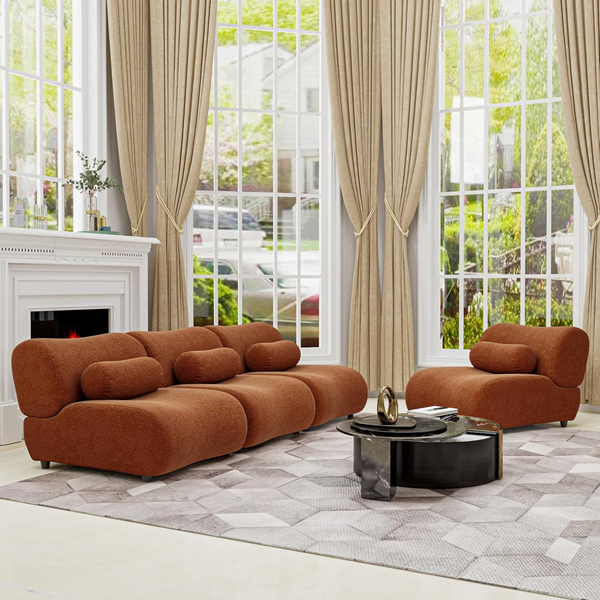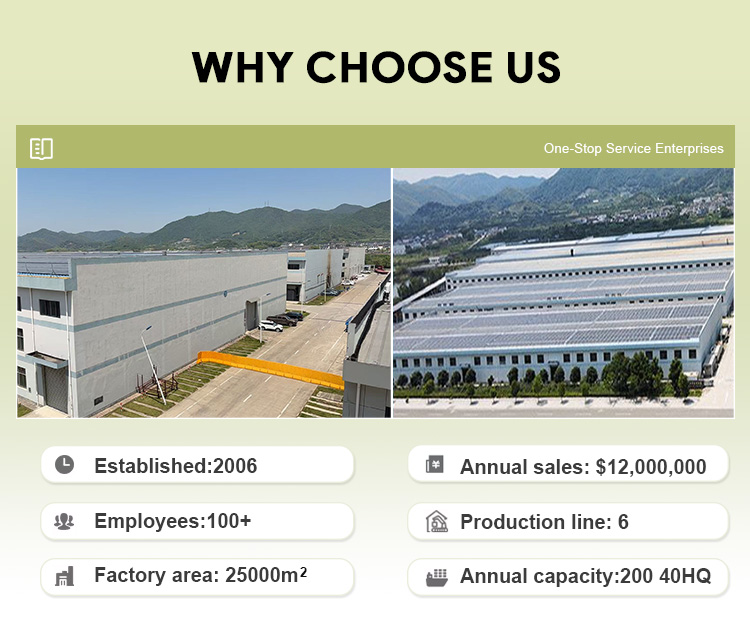6 Steps to Manufacturing Compression Sofas

Compressed sofas achieve compact shipping size through precise materials engineering and tightly controlled production. Every stage—from foam chemistry to final packaging—directly affects support, rebound speed, durability, and overall user experience.
This guide explains the six key manufacturing steps for compression sofas, highlighting standards, methods, and quality checkpoints that ensure stable performance and reliable recovery after unboxing.
1. Foam Expansion
Foam accounts for over 60% of total cost and defines the sofa’s support, rebound, and lifecycle. The foaming process controls chemistry, density, and curing, which determine performance under long-term compression.

Target density: 28–32D high-resilience foam.
Key Materials & Reactions
-
Polyether polyol + TDI (main reactants)
-
Foaming agent (e.g., cyclopentane) – pore size & elasticity
-
Catalysts – reaction uniformity
-
Flame retardants (phosphate esters) – EU/US fire standards
-
Anti-aging additives – prevent embrittlement during storage and compression
Process Steps
-
Premixing: Polyol + additives → “Material A”; isocyanate → “Material B”.
-
High-speed mixing: A and B (≈1:1) mixed at 2000–3000 rpm.
-
Casting: Poured into molds sized for seat/back/arm.
-
Curing: 24–48 hours in ventilated area for full reaction and structural stabilization.
Result: Stable, high-resilience foam blocks ready for precision cutting.
2. Foam Cutting
After curing, foam blocks are cut into components with exact curves and interfaces to ensure ergonomic comfort and seamless fabric covering.
Process Highlights
-
CNC cutting using CAD data with ±1 mm tolerance
-
Positioning marks for:
-
zipper routes
-
buckle placements
-
seat-back connections
-
-
Relief grooves & corner shaping to prevent fabric wrinkles and tension points during compression
This step ensures each part fits the cover perfectly and rebounds symmetrically.
3. Sofa Fabric Sewing
The cover must withstand strong compression, avoid permanent wrinkles, and maintain durability.
Fabric Selection
-
Cotton-linen blends or polyester-spandex for wrinkle resistance
-
Optional Teflon coating for water and stain resistance
Sewing Standards
-
Automated cutting with ≤0.5 cm tolerance
-
Double stitching using 402 nylon elastic thread (breaking strength ≥50 N)
-
Reinforced seams: 3 cm hem for burst resistance
-
Explosion-proof zippers: coarse metal teeth + thickened zipper tape (tensile ≥300 N)
-
Inner details: breathable mesh lining + 1–2 cm expansion allowance to support rebound
4. Assembly & Upholstery
In this stage, the foam and sewn covers are joined with precision to ensure clean lines and stable structure after compression.
Key Operations
-
Guided alignment using pre-cut positioning marks
-
Progressive stuffing techniques to avoid fabric overstretching
-
Edge smoothening to eliminate air pockets
-
Internal fixation: elastic straps or internal buckles to prevent shifting
Quality Checkpoints
-
Seam tension test
-
Surface flatness inspection
-
Rebound simulation test (partial pressing to check shape retention)
5. Vacuum Compression & Sealing
This is the defining step of a compressed sofa. Controlled compression reduces the package size by 60–80%.
Process Overview
-
Pre-shaping: Sofa arranged into foldable configuration for even pressure.
-
Compression: Hydraulic or roller press reduces foam thickness uniformly.
-
Vacuum sealing: High-barrier PE bag used for airtight protection.
-
Heat sealing: Ensures long-term storage stability and moisture blocking.
Performance Requirements
-
Deformation resistance ≥95% recovery within 24–48 hrs after unboxing
-
No tearing at zipper or seam points
-
Internal foam structure must remain intact without pore collapse
6. Packaging, Storage & Shipment
After compression, the sofa is prepared for long-distance transportation and retail display.
Key Controls
-
Reinforced export-grade cartons (≥5-layer)
-
Corner guards or inner board protection
-
Humidity control during warehouse storage
-
Drop-test validation (ISTA standards)
Labeling & Traceability
-
QR code with batch, density, fabric, and compression date
-
Carton markings for orientation and moisture warnings
Compression Sofas China Source Factory – KINGSEN Foam
KINGSEN is a professional manufacturer with over 20 years of experience in designing and producing high density foam products and compression sofas. the main prodcuts include: Modular Sectional Sofas, Sofa Beds, Bean Bag, Kids Couch & Climbing Play .etc. We supply full custom service, including developing OEM & ODM projects. all products can be customized by material, size, color, logo, and more. Our company owns 25000m2 factory area and more than 200 sets of advanced manufacturing equipments, Perfect and rigorous QC system. Also, we have passed the ISO9001: 2015, BSCI, IAF Quality Management System Certification. We look forward to your visit and the opportunity to build a successful partnership together.
More details: https://www.kingsenfoam.com/

Leave a Reply
You must be logged in to post a comment.

















Leave a Reply